Bere Mill in Hampshire has a rich history. And I use that adjective on purpose, because it was where the Huguenot family, the Portals, made the paper that was used for Bank of England bank notes in the early eighteenth century. There are still traces of the mill, and also importantly, apple trees. I hadn’t known before that the best wood for mill machinery was that of apple trees because it is both strong and flexible. Isn’t that wonderful?
The current house was originally the home of Jane Deane, as this plaque still states on the side of the house.
Over the last twenty years, Rupert and Elizabeth Nabarro have created a garden that feels both established and in progress. Something I’ve learnt from my garden visiting is harder than it seems.
I visited the garden at the end of last year so looking at my photographs to write this post is a bit like capturing history myself. However if I had forgotten the vividness of the borders…
… the play of shadow and light in this garden – almost like music – has stayed with me. It’s as if the garden has taken on the watery element of the river and is making shapes that will transform themselves constantly.
Rupert has been very influenced by Japanese garden design and I really liked finding out more about this as we walked round.
As he said, the river – once essential for paper milling – is key in the garden, and not just for its beauty. The river runs through the receptive house for harmony, and the fact that it comes in from the north-east, flows south, and then exits to the south-west – and with the valley sides giving the inverse horse shoe facing upstream – means it adds the needed feng shui blessing.
I was going to say I don’t know much about Japanese gardening, but in fact I know NOTHING about it, so I was pleased to find a little book from our second-hand bookshop and read that in the Nara period (646-795 AD) ‘not only rocks, water, trees, and plants, but even birds, animals and fishes formed part of the material that contributed to their composition.’ Look at these fish in the river at Bere Mill – aren’t they just like a painting?
And this is a bad picture, but this sculpture by David Nash sits beautifully in the new orchard.
I had to be dragged away from the Japanese teahouse (built by Australian sculptors, Paul Jamieson and Rohan Ward) because I’ve never seen such a perfect spot for daydreaming.
See the view… can’t you just imagine writing at that table until the sun went down?
But enough. I don’t want to be too gushy in this post because this garden is mostly about daydreaming and silence. It is a private garden, but opened regularly through the National Gardens Scheme. The next opening day is 14th September. I can’t recommend it highly enough. And in the meantime, here’s a poem I wrote for the apple trees and banknotes…
Scrumping
Sarah Salway
Imagine, my father always said
on our Sunday walks, less
an invitation than an instruction,
and because I was too young then
to know that nature’s ‘what if?’
would always trump ours:
the golden section; ants milking
grasshoppers; the bee queening
it over her own slave kingdom,
I loved his games – gold coins lying
under trees like windfalls, to have
a million pounds and spend it in a day.
I wish he’d lived long enough
to hear how Bank of England
notes were milled with apple wood.
How he would laugh. Imagine,
he’d say, money really does grow
on trees, and forever after, I could try
to catch him out lifting his wallet
to his face, trying to inhale a wealth
he only dreamt of, fortune’s wind
at last blowing its fruit his way,
a scrumper, my dad, to the end.
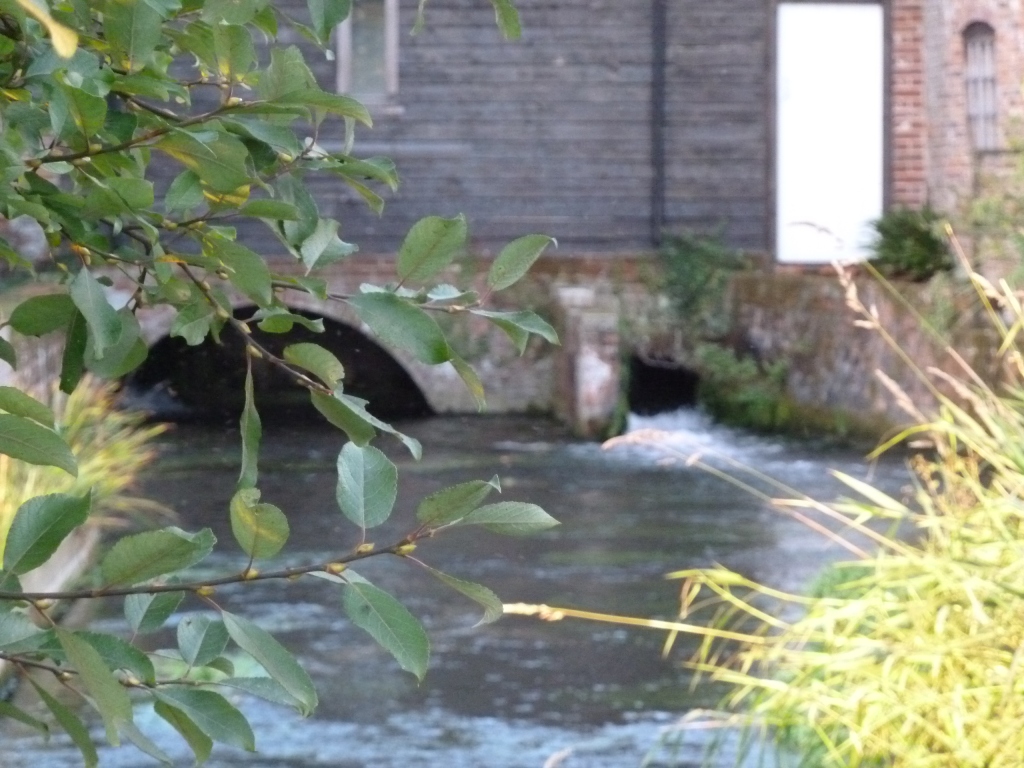
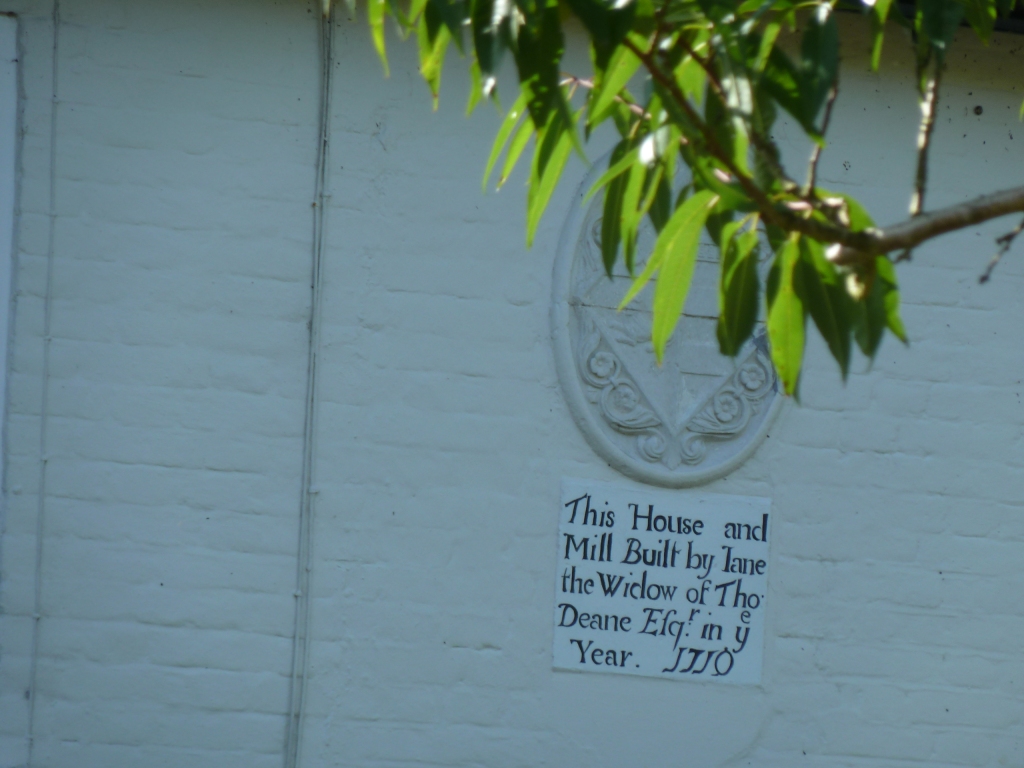
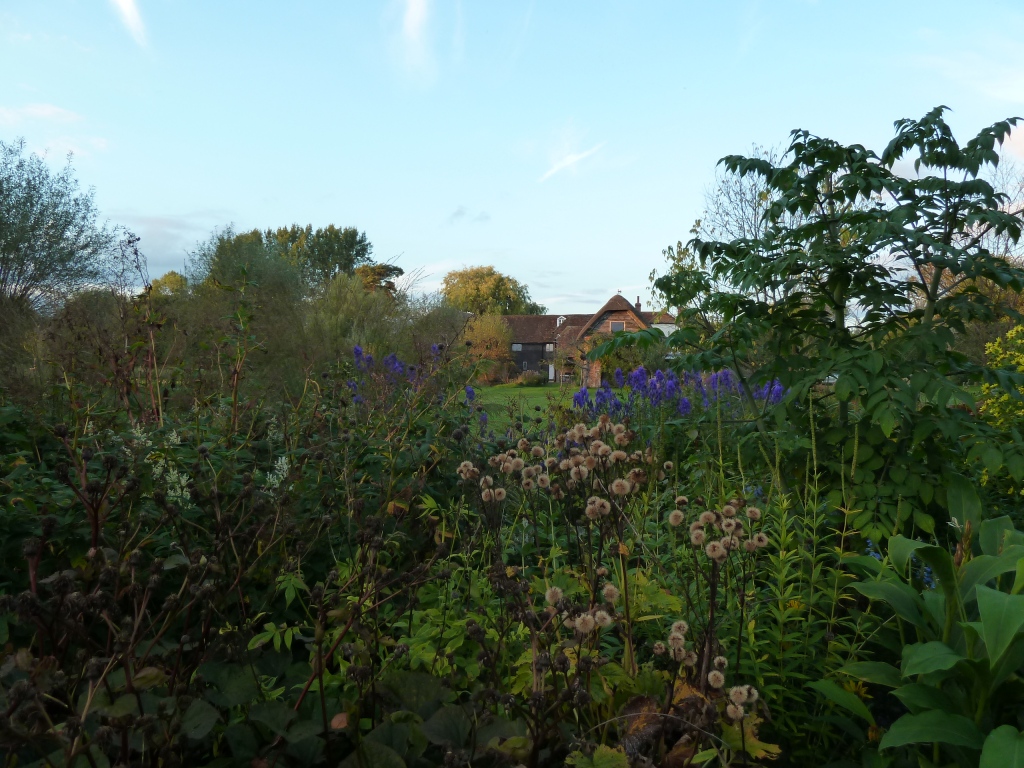
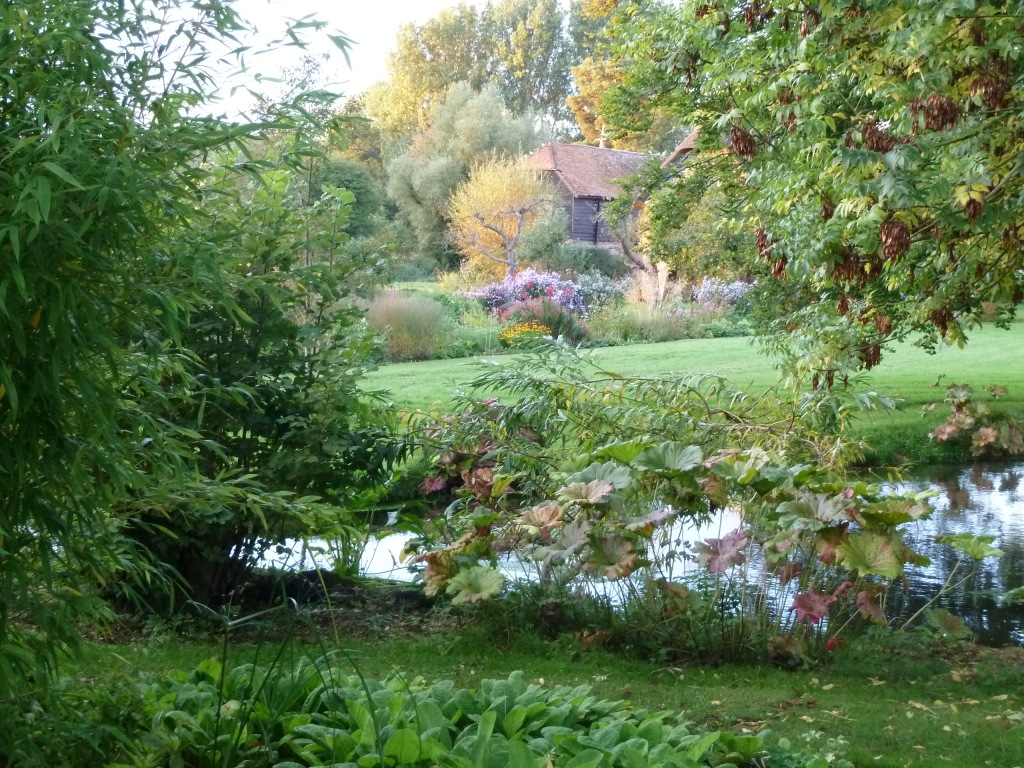
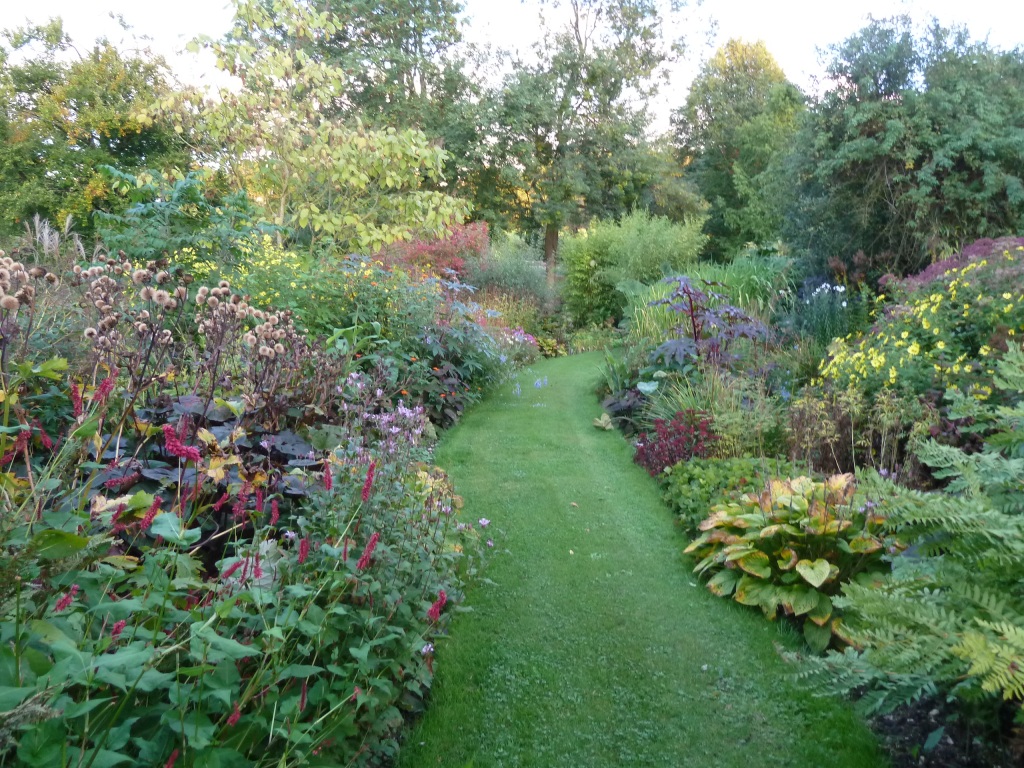
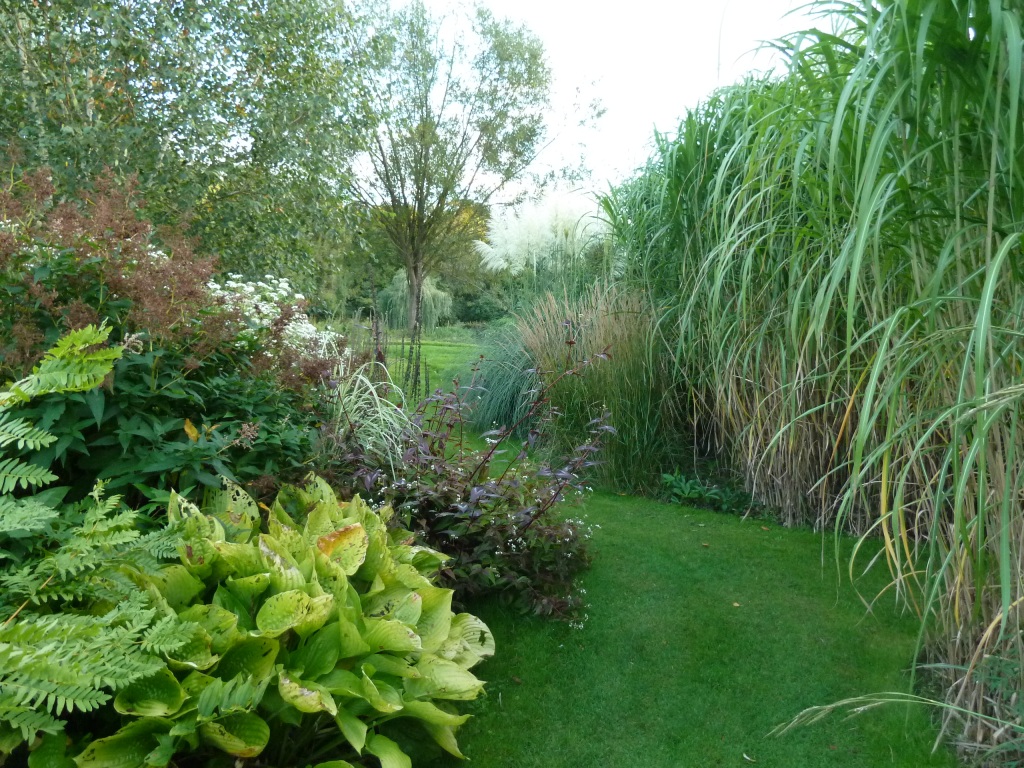
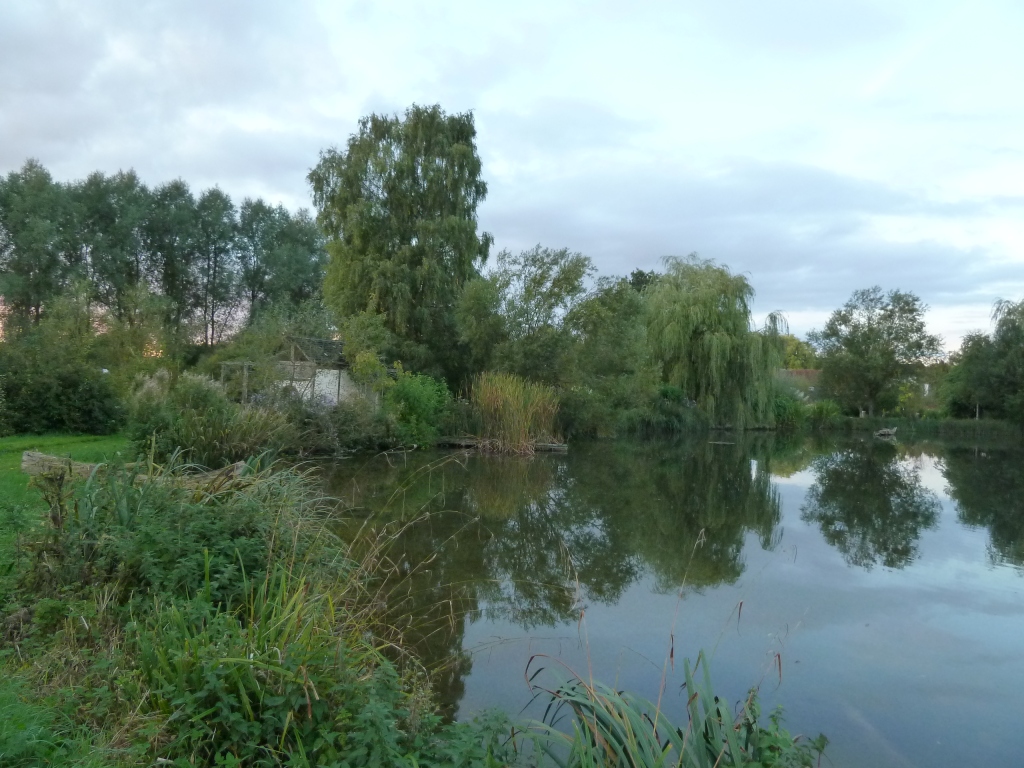
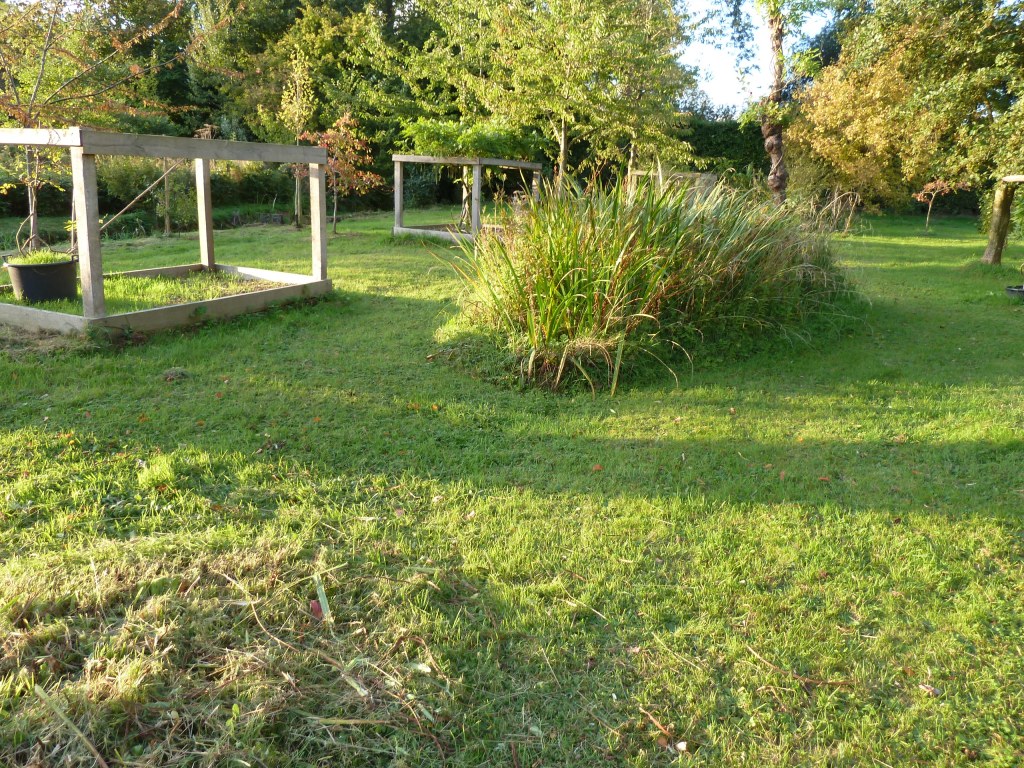
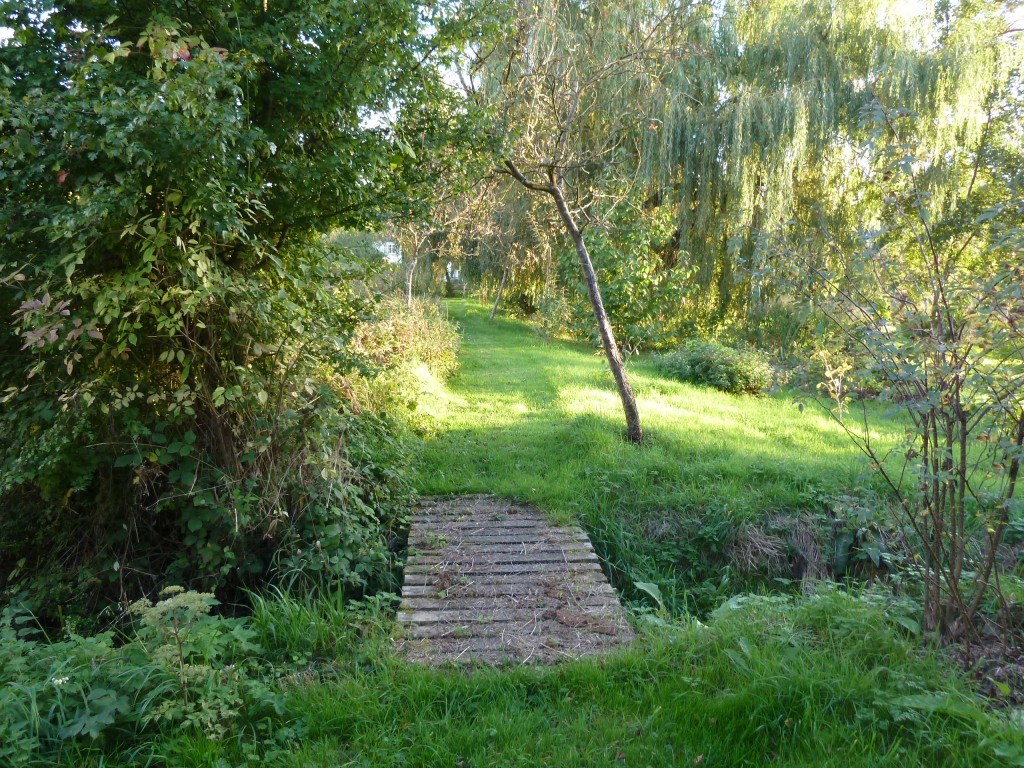
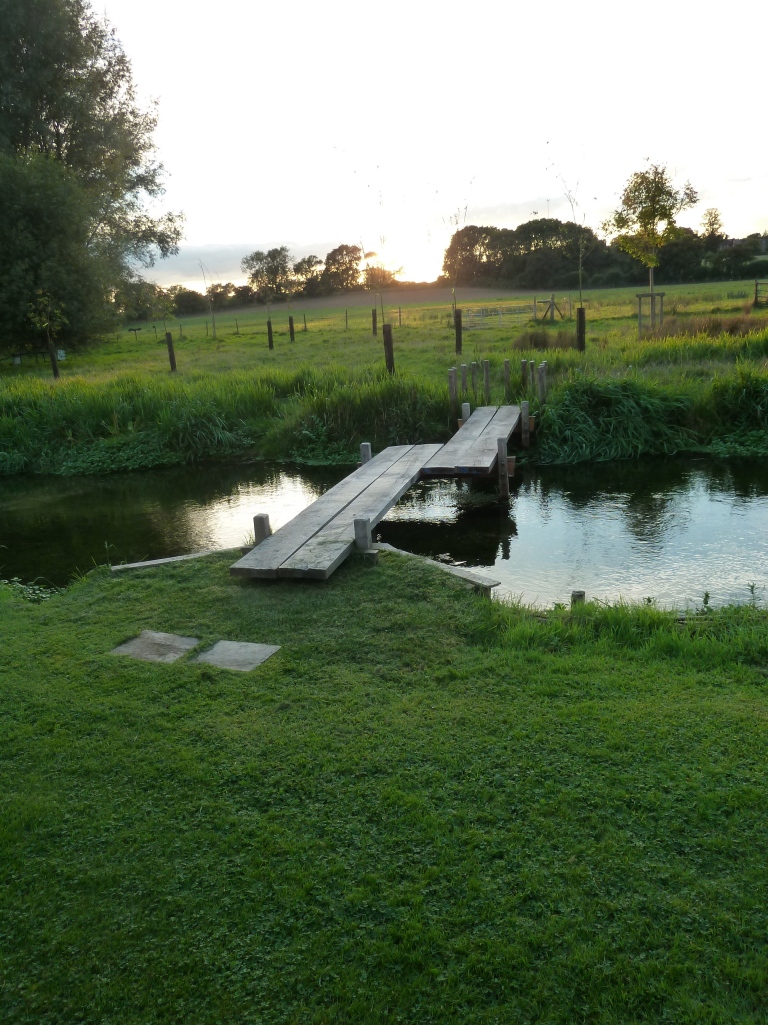
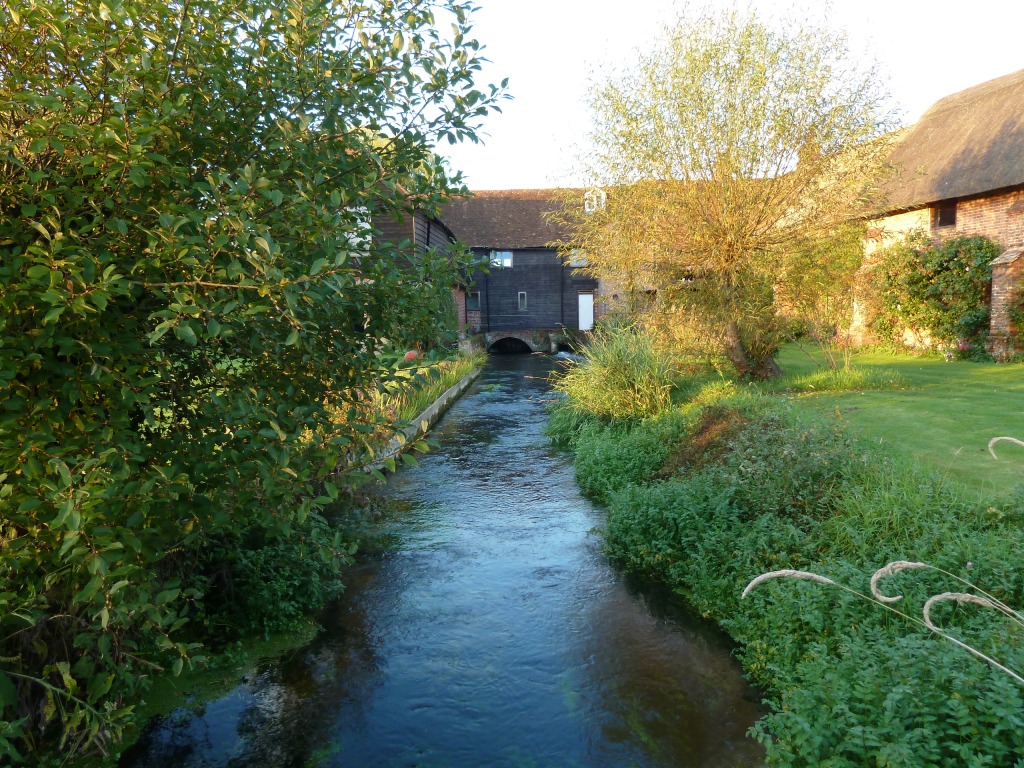
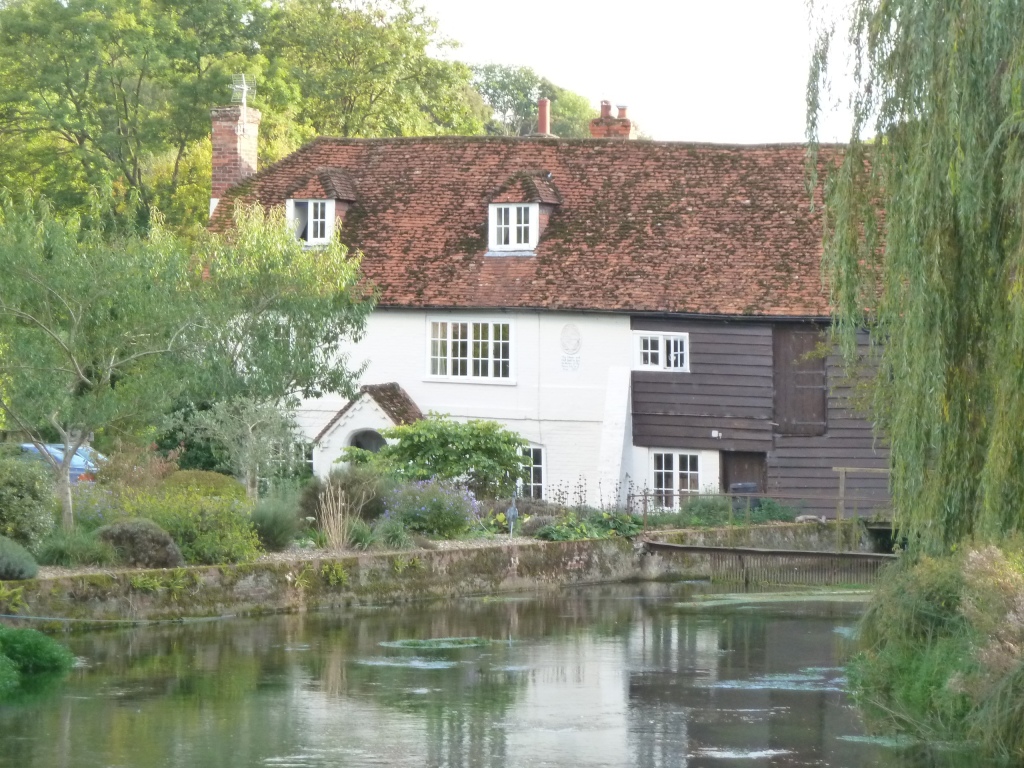
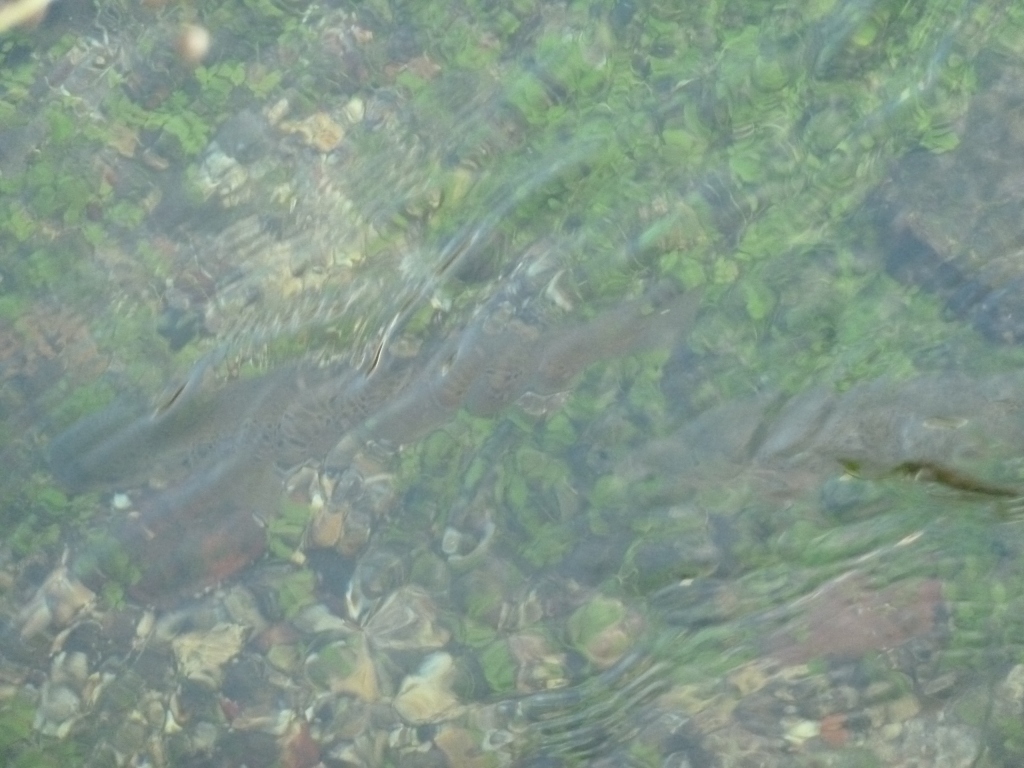
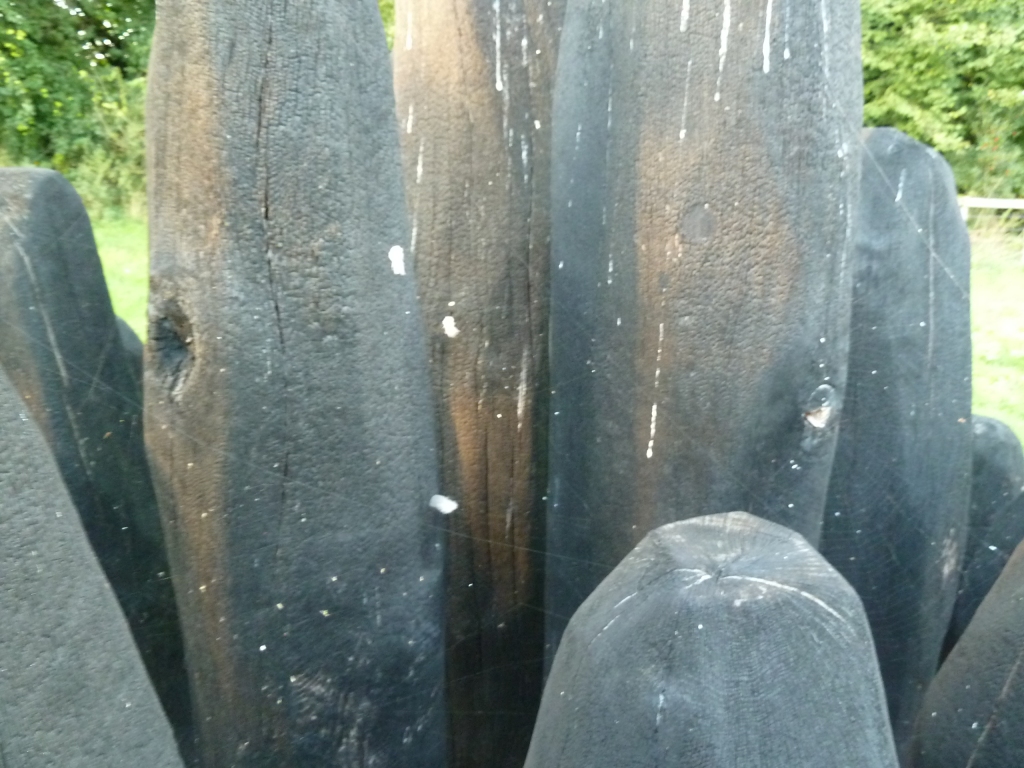
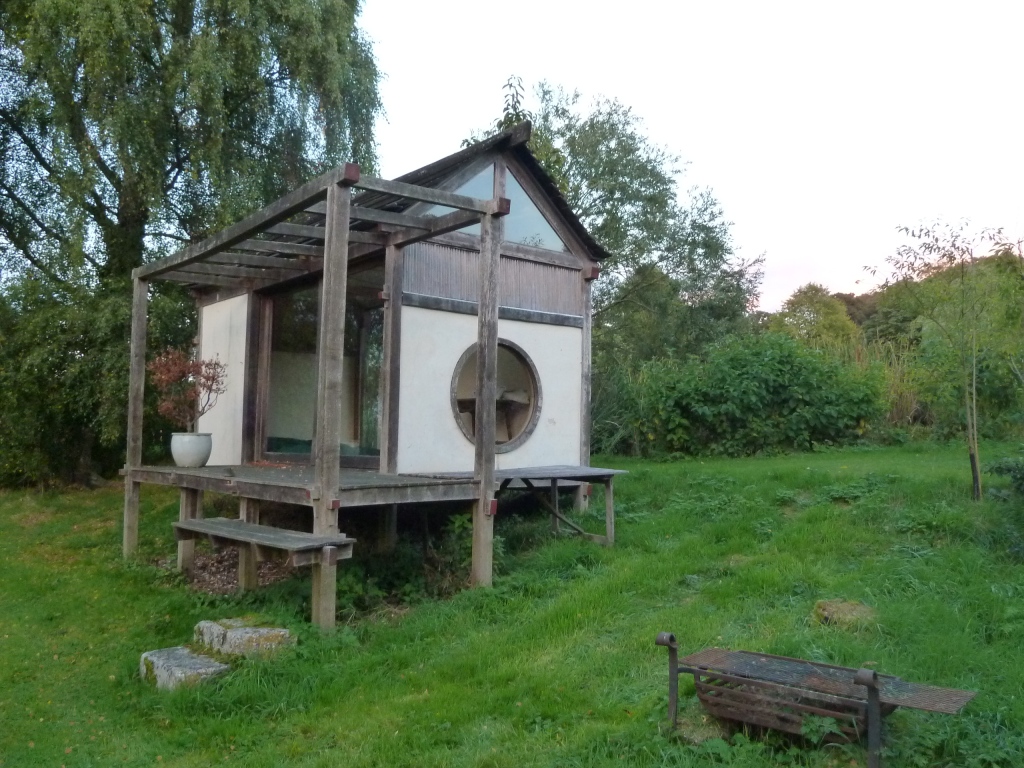
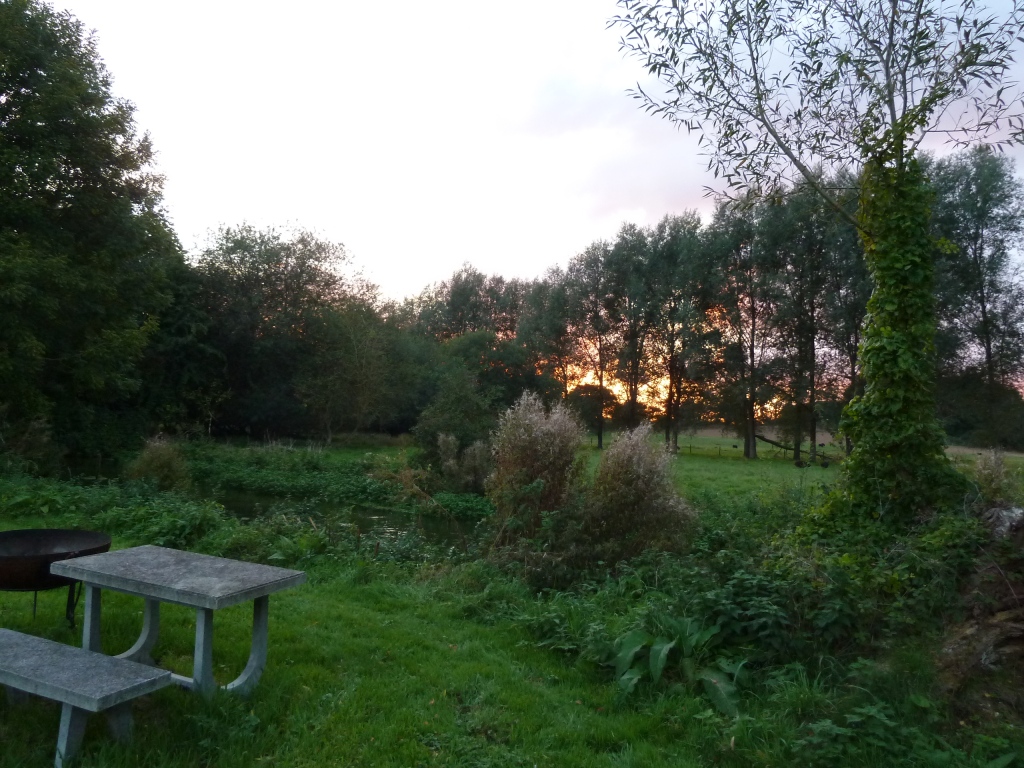
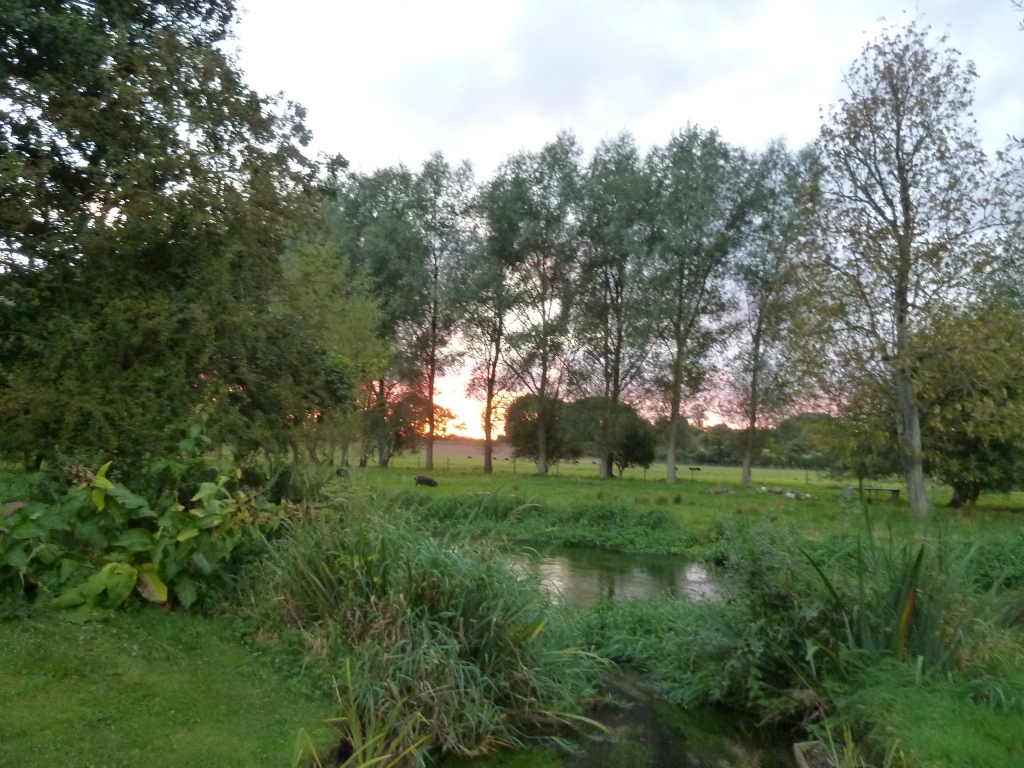
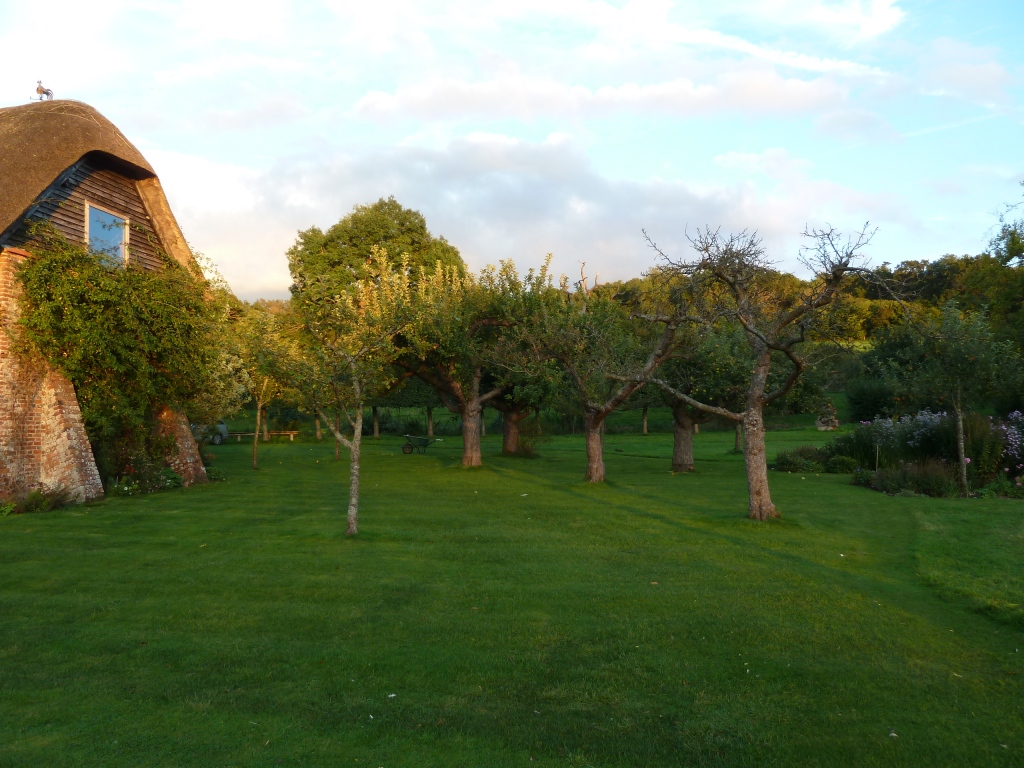

Leave a comment